The animal that looks like a walking pinecone is hiding one of the most tragic survival stories on the planet.
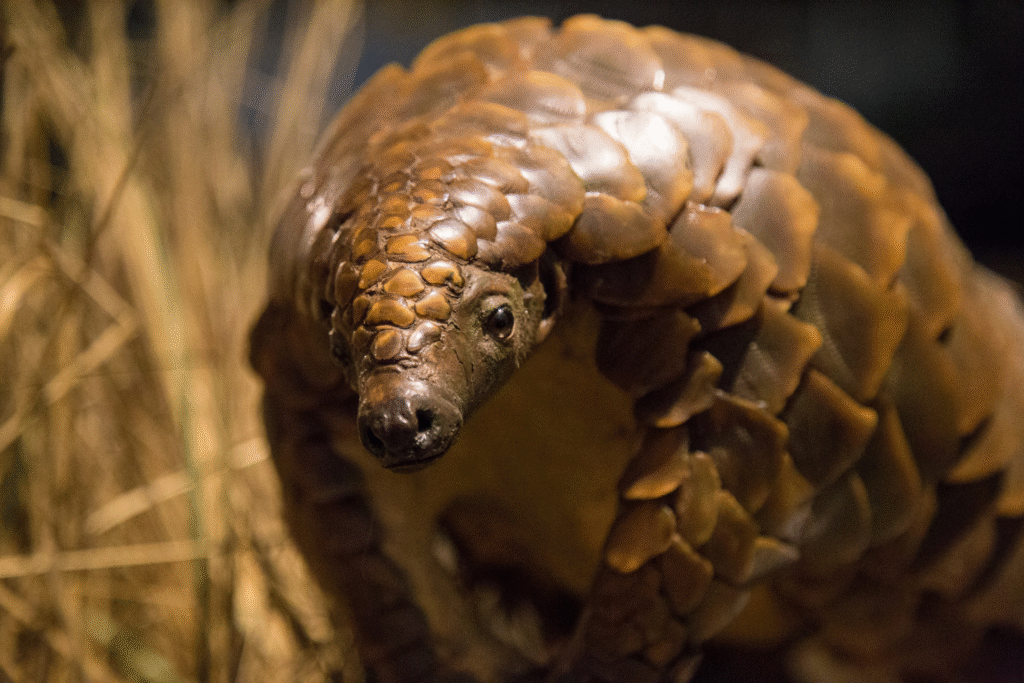
If you’ve ever seen a pangolin, you’d probably think it wandered out of a fantasy novel. Wrapped in tough overlapping scales and curling into a perfect ball when scared, it feels more like a dragon’s cousin than a real mammal. But behind that incredible design lies a darker reality: pangolins are the most heavily trafficked mammal in the world. Their fate is tangled in myths, markets, and survival against impossible odds. The more you learn about them, the harder they are to forget.
1. Pangolins wear armor nature perfected.
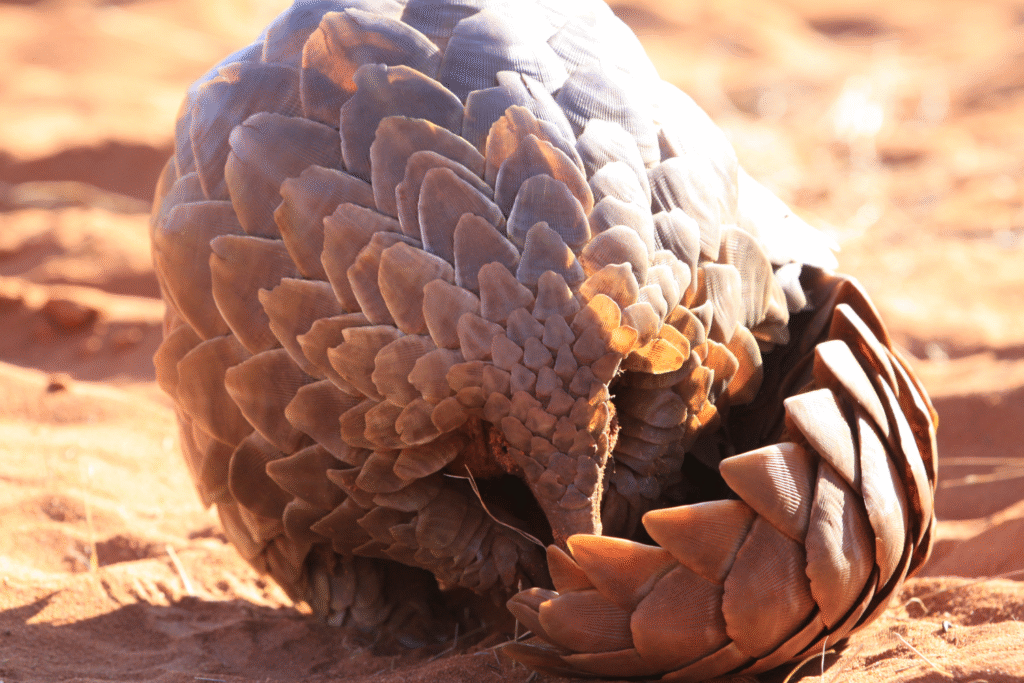
Those scales aren’t just decoration—they’re made of keratin, the same protein as human nails, and form a nearly impenetrable shield. According to National Geographic, predators as powerful as lions often give up when faced with a tightly curled pangolin. The design is so effective that evolution never had to update it.
What’s wild is how gentle the animal beneath all that protection really is. Their long tongues scoop up ants and termites with delicate precision. The contrast between their fierce appearance and their harmless diet only adds to the intrigue. They are living proof that survival doesn’t always require aggression.
2. They vanish into a ball, but it doesn’t save them from humans.

Curling into a sphere protects pangolins from predators, but against poachers, it’s a tragic weakness. Hunters simply pick them up as if nature’s best defense turned into a gift. As stated by the World Wildlife Fund, this instinct is the very reason they’re so easy to capture. Their armor works on leopards, but it fails against human greed.
The heartbreaking irony is that their most trusted survival tool doubles as their downfall. That evolutionary brilliance, which should have guaranteed survival, instead leaves them vulnerable. It’s the cruel twist that defines their story, making their defense system a silent trap.
3. Illegal markets value them more than gold.
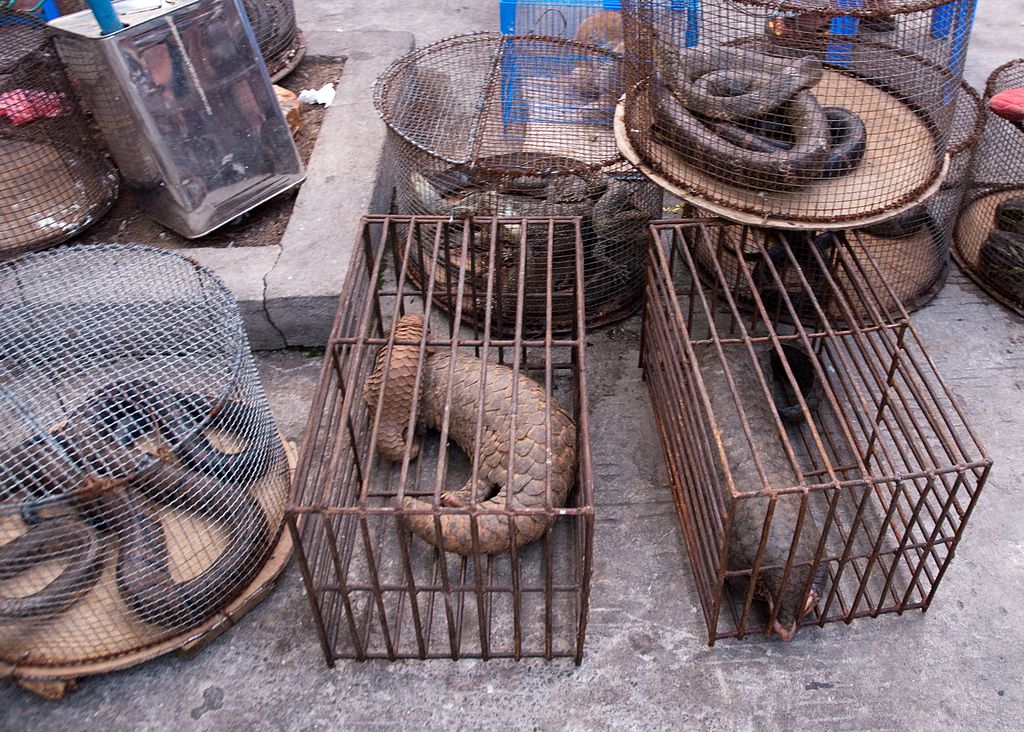
Demand for pangolin scales and meat has fueled a black-market industry so large that it eclipses trade in elephants and rhinos. Reported by the International Union for Conservation of Nature, seizures often involve tons of scales at a time, representing thousands of animals. Their scales are falsely believed to have medicinal value in some countries, despite being nothing more than keratin.
The numbers are staggering. Containers packed with scales move across borders, each shipment representing the collapse of multiple populations. The cruel reality is that myths, not science, are driving this relentless hunt. The animal pays the price for stories humans refuse to let go of.
4. Eight species exist, and all of them are in trouble.

Four pangolin species live in Asia and four in Africa, but none are safe. Each faces heavy poaching pressure, and several sit on the brink of extinction. It doesn’t matter whether they live in rainforests, savannas, or woodlands—hunters find them anyway.
The tragedy is how little time conservationists have to reverse the trend. Breeding programs are limited, and survival depends heavily on reducing demand. The longer the trade persists, the fewer chances these eight species have to survive. Their future rests on a knife’s edge, dictated by human action.
5. Their tongues stretch longer than their own bodies.
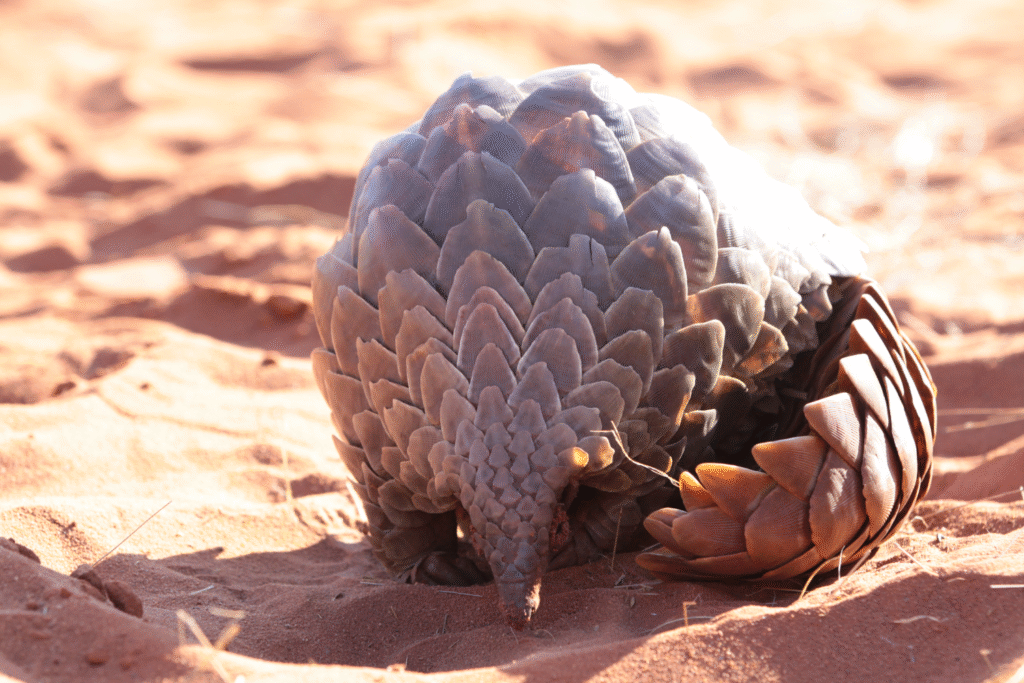
When you see a pangolin’s tongue unfurl, it feels surreal. Their tongues can extend longer than their torso, allowing them to slurp ants out of tunnels no claw could reach. This adaptation makes them some of the most specialized insect eaters in the world.
It also means they’re impossible to replace in ecosystems. Their appetite keeps insect populations in check, creating balance in habitats where termites could otherwise cause massive damage. That tongue isn’t just quirky—it’s ecological engineering at work.
6. They’re nocturnal wanderers with secretive lives.
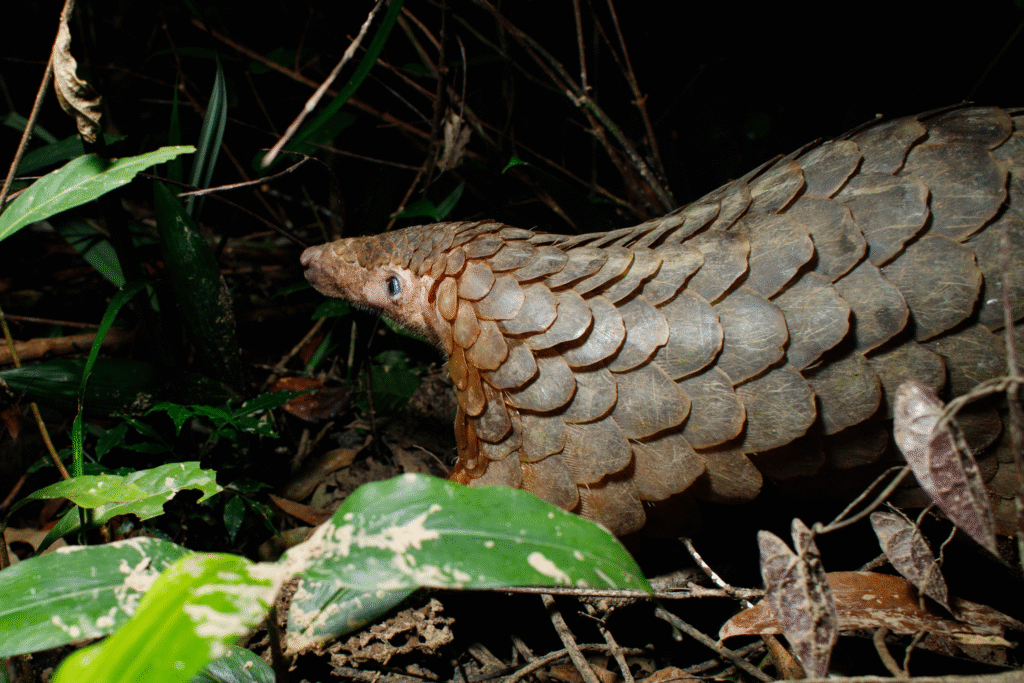
Pangolins emerge mostly at night, quietly foraging for insects in patterns that are hard to track. Their solitary habits and remote habitats make them difficult to study. Researchers often spend years before catching even glimpses of their natural behaviors.
This mystery fuels both fascination and frustration. The less we know, the harder it is to protect them effectively. They’ve managed to keep their lives hidden for millennia, but secrecy hasn’t shielded them from human exploitation. That tension defines the challenge of saving them.
7. Mothers carry babies on their tails like moving cradles.
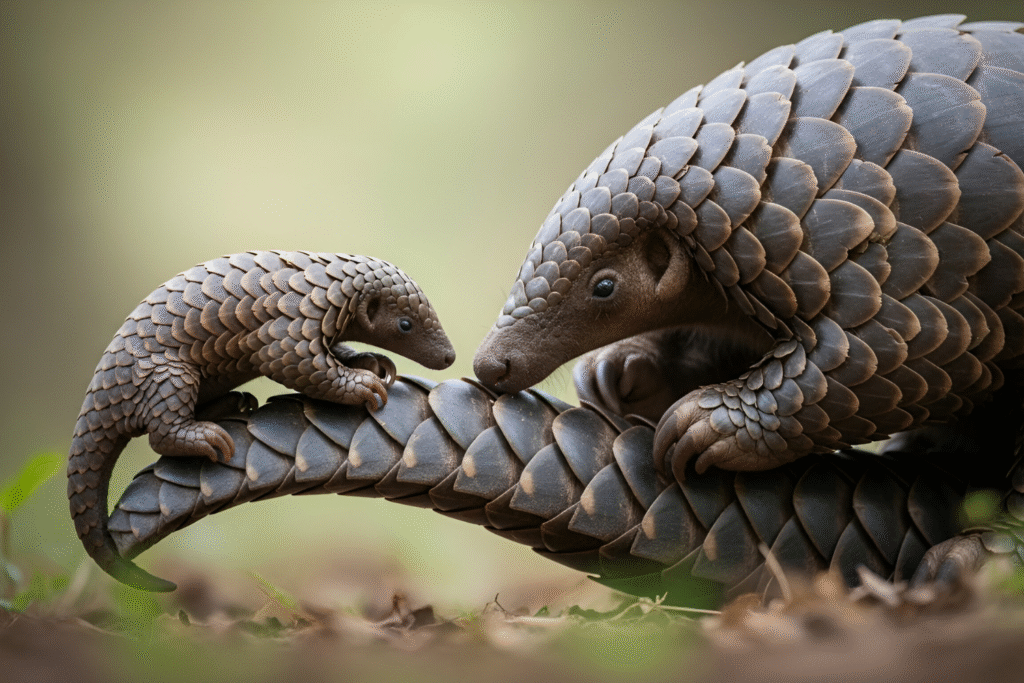
A baby pangolin clings to its mother’s tail as she walks, riding safely from one nest to the next. The sight is both endearing and fragile, a reminder of how deeply these animals invest in raising their young.
That bond makes poaching even more devastating. When a mother is taken, her pup almost always dies too. Every capture ripples beyond the individual, erasing futures that never had a chance to unfold. The quiet tragedy builds with each lost family.
8. They dig burrows that reshape landscapes.
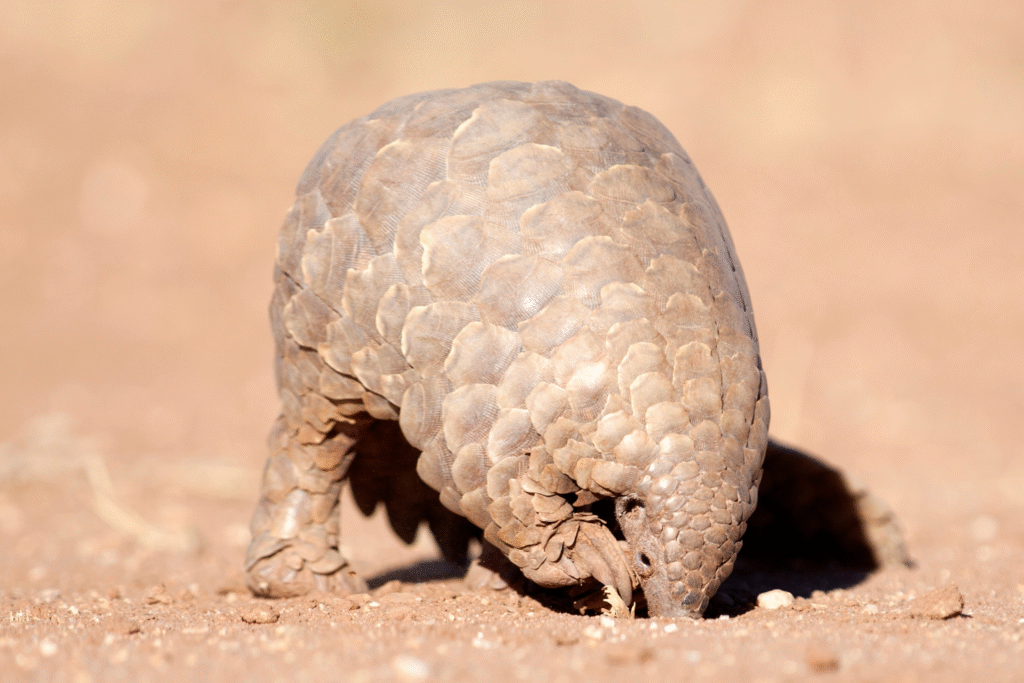
Pangolins carve elaborate underground homes that offer shelter not just to them but to other animals as well. These burrows become safe havens for creatures seeking protection from predators or harsh weather. Their engineering impacts entire ecosystems.
Even abandoned burrows remain valuable. They provide ready-made habitats that enrich biodiversity in subtle but important ways. Pangolins, without knowing it, leave legacies in the soil that outlast their presence.
9. They’re nearly impossible to keep in captivity.
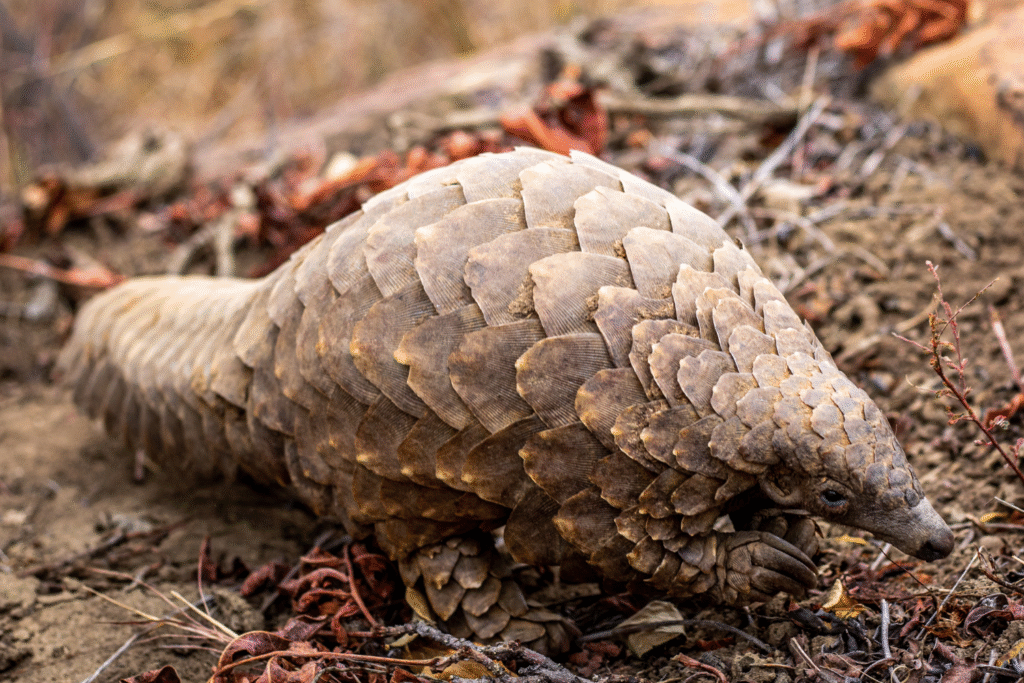
Unlike other endangered animals, pangolins rarely survive long in zoos. Their specialized diet of ants and termites is difficult to replicate, and their stress levels rise quickly in unnatural environments. Most attempts end in failure.
This makes conservation complicated. Protecting them in the wild is the only viable long-term solution. Every pangolin kept alive outside its natural range represents an exception, not the rule. Their survival depends on protecting the homes they already have, not moving them elsewhere.
10. Their survival depends entirely on how fast humans can change.
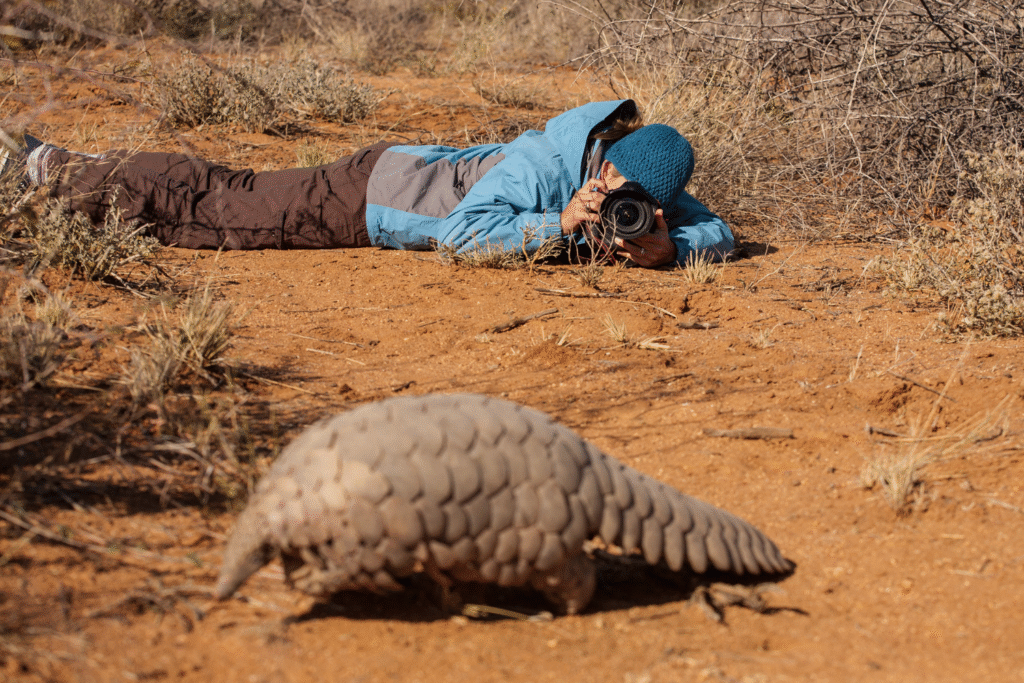
Pangolins didn’t fail evolution—humans failed them. Their scales, diet, and behaviors all worked perfectly until global demand rewrote the rules. Now their fate sits squarely in human hands.
If demand for their parts fades, pangolins could recover. Their adaptability gives them a chance, but only if poaching slows dramatically. Their story is a test of how quickly people can correct course when an animal’s survival depends on it. The outcome will reveal whether myth or science wins in the end.
